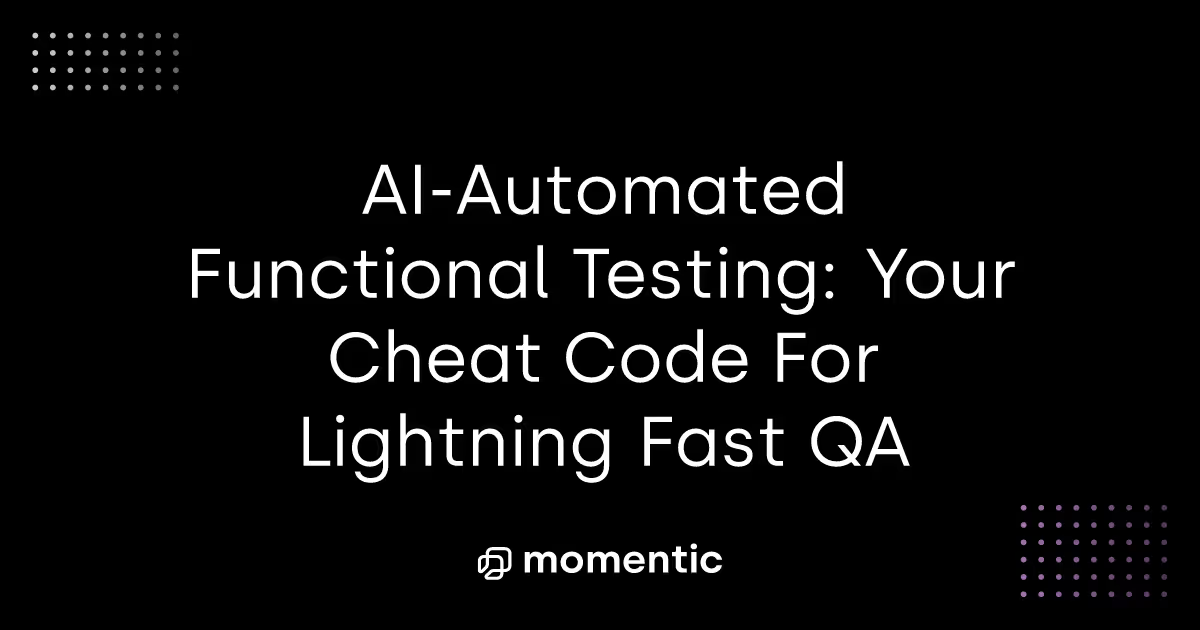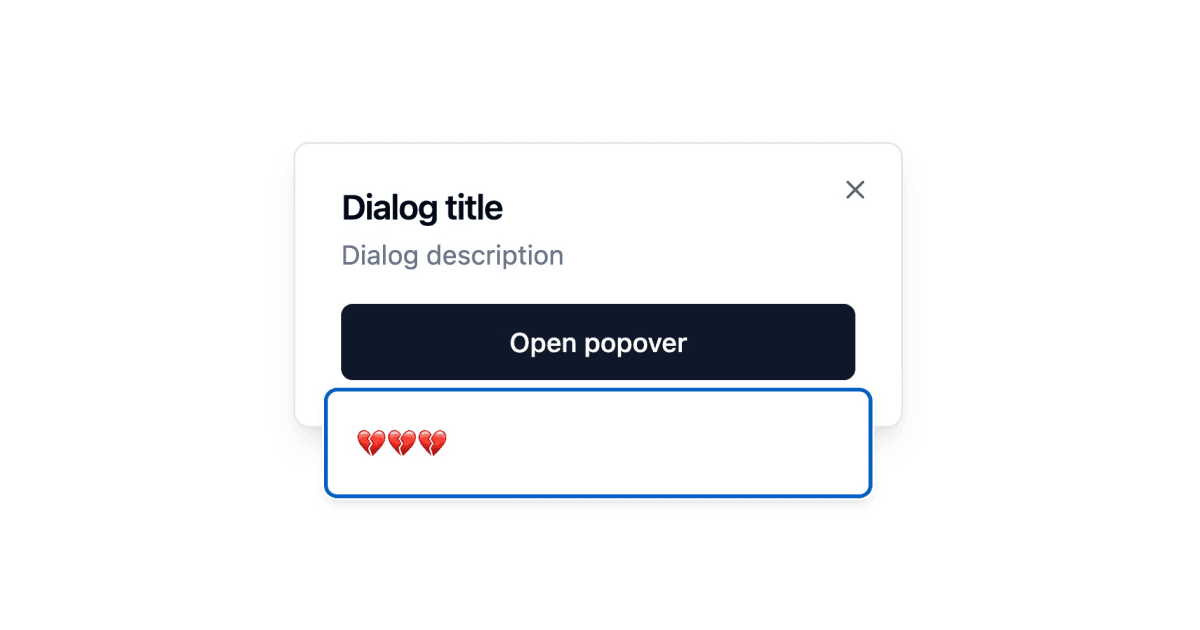Top Cypress Alternatives for 2025 (And How to Choose the Right One)
If you’re working on a basic web app, Cypress can seem like a godsend for fast, simple, and (importantly) free automated software testing. So, why even consider any Cypress alternatives?
Ask yourself this: is your app likely to develop into something more complex? At some point, it’s likely that your product will evolve, and your testing processes will need to expand to accommodate this. And that’s where Cypress starts to feel like more work than its worth.
The more you scale, the more effort you need to put into Cypress for it to be a viable tool. To avoid complex workarounds, you'll have to upgrade to Cypress’ cloud dashboard (not free) – even then its functionality is less than ideal, with more maintenance hours needed as your testing needs grow in complexity.
If you’re paying money for automated testing, you might as well invest in a tool that drastically speeds up your testing processes, allows you to scale your test suite seamlessly, and gives your engineers back the hours of time they would otherwise have spent on maintenance.
Cypress can’t do that. Modern, AI-native testing tools can. Read on to discover what these Cypress alternatives offer and how to choose the right one for your team.
4 Cypress Issues That Are Stunting Your Testing Processes – And How AI Tools Address Them
If Cypress isn’t getting on your nerves now, it probably will when you ask it to do anything a bit more complex than basic web app testing.
Here’s how opting for an AI alternative to Cypress removes barriers and frustrations, and accelerates your testing lifecycle significantly.
1. Cypress Has A Steep Learning Curve For Complex Test Scenarios
Whilst simple tests are easy in Cypress, more complex test suites (such as those with mocks, fixtures, or DB seeding), need significant resources and expertise to set up.
AI tools remove this slowdown by flattening the learning curve and using natural language processing to automate complex tests just as easily as simpler ones.
2. Cypress Doesn’t Eliminate Routine Maintenance
Cypress relies on DOM state and timing, which leaves tests vulnerable to flaking with changes in the UI or when testing dynamic apps. This increases the time you need to spend maintaining tests.
AI testing tools like Momentic aren’t tied to the DOM, reducing flakiness, and tests self heal when they do flake. As a result, you eliminate much of this maintenance time and reinvest it in real development work.
3. Cypress Doesn’t Offer Good Parallelization Options
Cypress doesn’t handle parallelization particularly intuitively – it requires extra configuration and environment setup, and parallelized tests can become brittle in dynamic CI environments such as ephemeral containers.
Many AI tools are specifically designed to run tests in parallel, and offer several advantages as a result. These include infrastructure-aware scheduling to reduce flakiness, and smart test execution, which optimizes which tests to run in parallel based on historical data and ML-led change impact analysis.
4. Cypress Often Experiences Memory and Performance Issues For Larger Test Suites
Long-running tests can be an issue for Cypress – these can cause memory bloat and browser crashes, leading to the need to split suites manually or restart browsers mid-pipeline. There are ways around this, but they involve a lot of time-consuming manual setup.
AI tests avoid this issue by:
- Running tests in temporary environments like stateless containers or VMs
- Using session and browser recycling to reduce memory footprint automatically
- Automatically selecting the tests most relevant to the code change, rather than running the whole suite
- Dynamically scheduling and distributing tests based on memory usage patterns, test duration, and historical failures
The Top 5 Cypress Alternatives for AI-Led Software Testing
1. Best Overall Cypress Alternative: Momentic
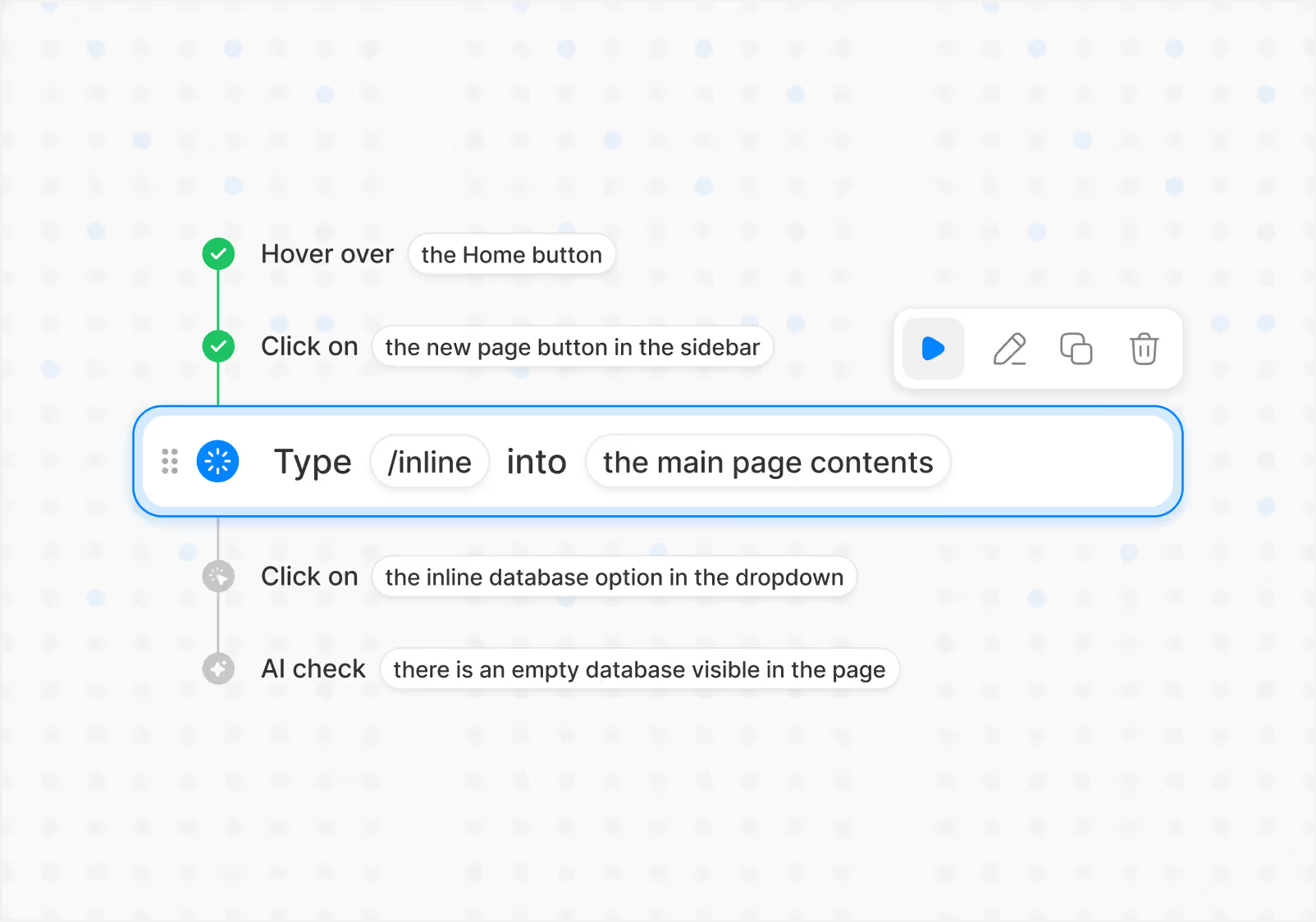
For growing teams, finding an automated testing tool that hits the sweet spot between advanced functionality and ease of use can feel like a struggle. Enter Momentic.
“The reason I was enamored by you guys was (a) work for us in prod, (b) super great UX and (c) incredible velocity and delivery. It is so easy to use that a jr dev use on his first day!”
Aditya Advani, CTO, Best Parents
Momentic is so easy to get to grips with that ‘junior devs can pick it up on their first day’, according to one of our clients. At the same time, the platform offers a suite of the latest AI testing features to streamline simple unit tests and complex end-to-end tests alike:
- An AI test builder that builds scripts for complex scenarios in minutes. No coding needed – just describe what you want in plain English and the AI takes care of the rest.
- Reliable tests unaffected by changes in the DOM, which self heal when they flake for any reason.
- AI agent features that adapt to your web app and get smarter the more you test, allowing for pinpoint accurate, insightful reporting data.
- Flexible execution that allows you to run tests wherever and whenever you want to – in our cloud, locally, in CI/CD pipelines, or behind private networks.
This streamlines CI/CD integration, shortens release cycles, and allows testing to run with minimal human input. Ultimately, it sets you on the path to a ‘black box’ approach to testing – data in, results out, no fuss in the middle.
2. For End to End Observability: New Relic
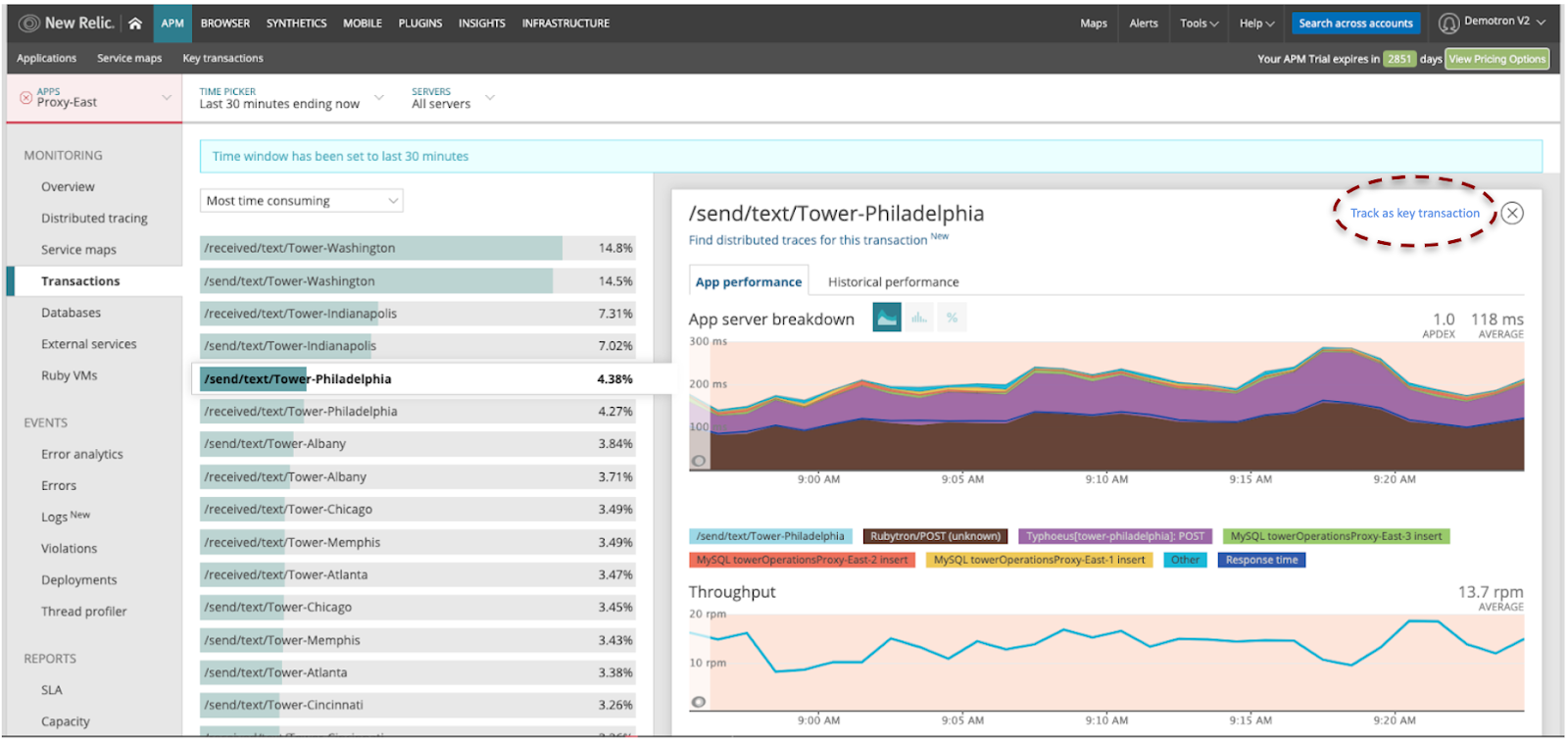
New Relic offers over 70 out-of-box integrations, including AWS, Google Cloud, Microsoft Azure, Jenkins, CircleCI, and Travis CI. This makes it a great choice for teams looking for full-stack observability and real-time insights into end-user interactions, servers, containers, and services.
3. For Finding and Fixing: BugBug

BugBug’s AI features are intuitive, affordable and pinpoint accurate. If you’re looking for a find-and-fix solution that beats Cypress on ease of use and agility, BugBug’s recording interface is a strong choice – and extensive free features and unlimited cloud test runs for a set price are a welcome bonus.
4. For Visual Testing At Scale: TestGrid
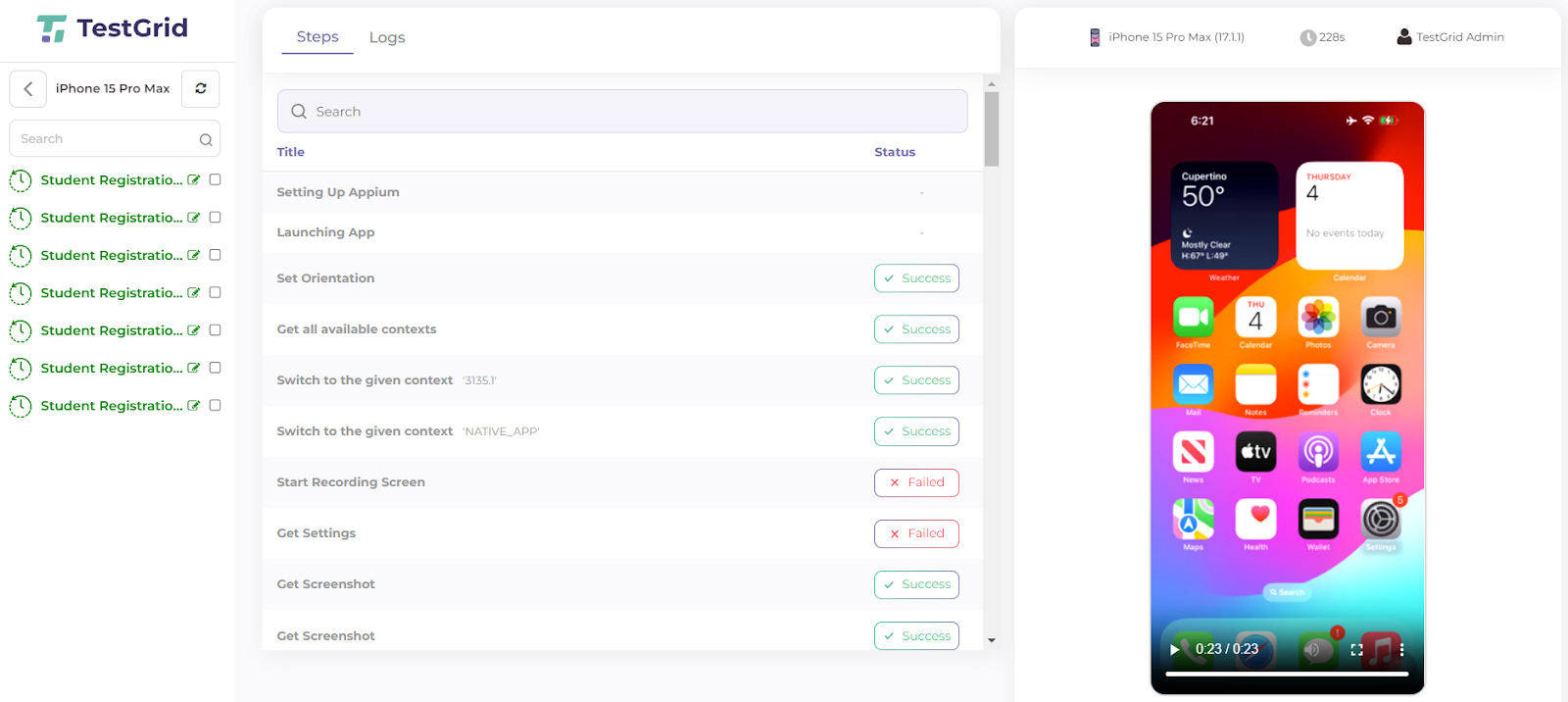
TestGrid offers codeless test creation via natural language processing, cross browser and device testing, and strong analytics tools. Their visual regression testing tool is particularly strong and larger teams will enjoy the range of features that cover more complex testing needs.
5. For Enterprise-Scale Testing: Mabl

Mabl is a powerful AI tool with a wide range of features for automating software testing. With extensive solutions that cover web apps, native mobile, APIs, and enterprise software, Mabl will suit teams that need to conduct testing at serious scale – smaller teams may end up spending money for features they won’t need.
How to Choose The Right Cypress Alternative For Your Team
Whether you’re rapidly growing out of Cypress, or want to get a headstart on reaping the benefits of AI testing for your team, it pays to shop around. Different tools suit different teams – so it’s important to understand your key requirements (and how they might evolve over time).
These requirements will be unique to your team and organization, so we can’t tell you what they are, but we can give you a few areas to think about. Use these questions as a jumping off point for building a well-rounded requirements list.
Price
- What is our overall budget? Can we justify more budget as a direct result of efficiencies the software will give us (e.g., reduced need for external QA)?
- What sort of payment structure works for us – usage-based or per user per month?
Users
- Will our users be technical, non technical, or a mixture of both?
Integrations
- Where do we want to run tests (in CI/CD pipelines, in the cloud, locally, in private networks?
- Which out-of-box integrations do we need?
- How comfortable are we building custom integrations ourselves?
- How important is integration with wider business tools, e.g., Jira, Slack?
Key features
- Which features are non-negotiable in order to make the purchase worth our while?
- How important is cross browser/cross device testing capability for our product roadmap?
- What types of tests do we need to automate (e.g., regression, end to end, unit tests)?
- How important are visual regression tests – both now, and as our app develops?
- Do we need video/screenshot logging of failed tests?
Purpose
- How do we hope this software will improve our testing processes – by speeding up our dedicated QA team or by allowing engineers to test more of their own code?
- Do we want this testing software to eliminate the need for external QA entirely
Momentic: The Best Cypress Alternative for Scaling Your Test Suite
“Momentic makes it 3x faster for our team to write and maintain end to end tests.”
Alex Cui, CTO, GPTZero
We’d love to see if Momentic’s AI testing tools could help you accelerate your release cycles and minimize frustrating hours of test maintenance as you scale your web app.
If, like Alex and his team, you’re keen to save over two thirds of the time you spend on key testing processes, why not schedule a conversation with our engineers?

